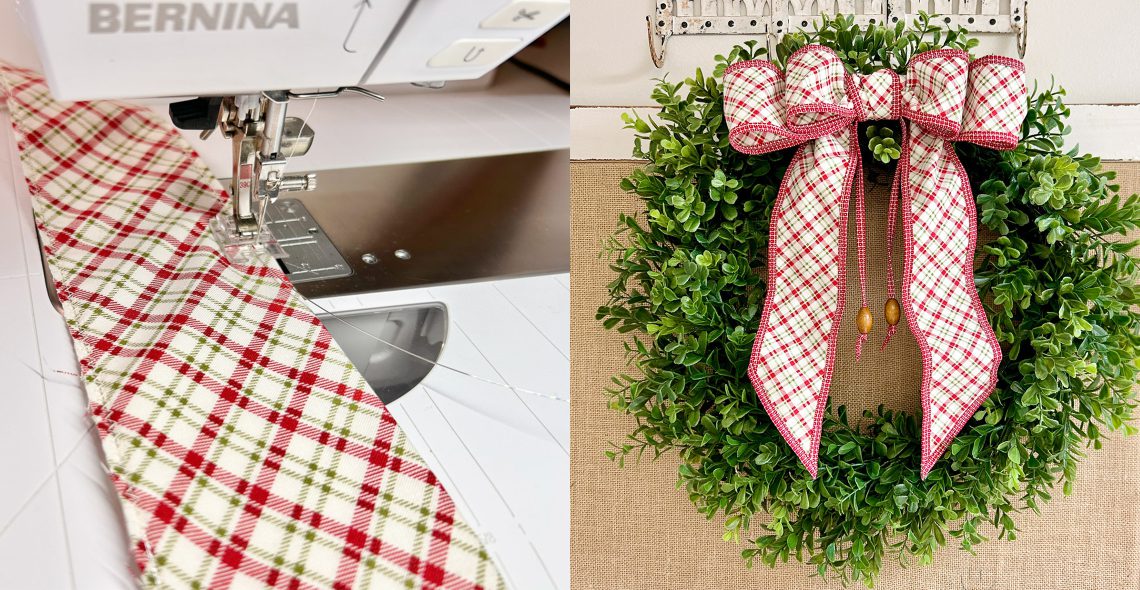
Home Dec
Discover how to sew a festive wreath bow using fabric and wire for a beautiful, handmade touch to your home décor. … More
Take your creativity to the next level with the BERNINA L 890! #ABIGDAY
The B 990 might look good on your screen, but it’s even better in person! #ABIGDAY
Join BERNINA Ambassadors, Jaclyn and Jen, for part two of how longarmers and quilters work together to create beautifully finished quilts. … More
Build your own “Stitch Recipes” and explore five unique quilting stitch combinations from BERNINA Ambassador, Maelynn of Mae Just Sew. … More
Sewing a horse instead of the longhorn? Absolutely! The Southwest Trails Quilt Along is getting a new star! … More
BERNINA Ambassadors, Jaclyn and Jen share best practices for how quilters and longarmers collaborate to produce beautifully finished quilts. … More